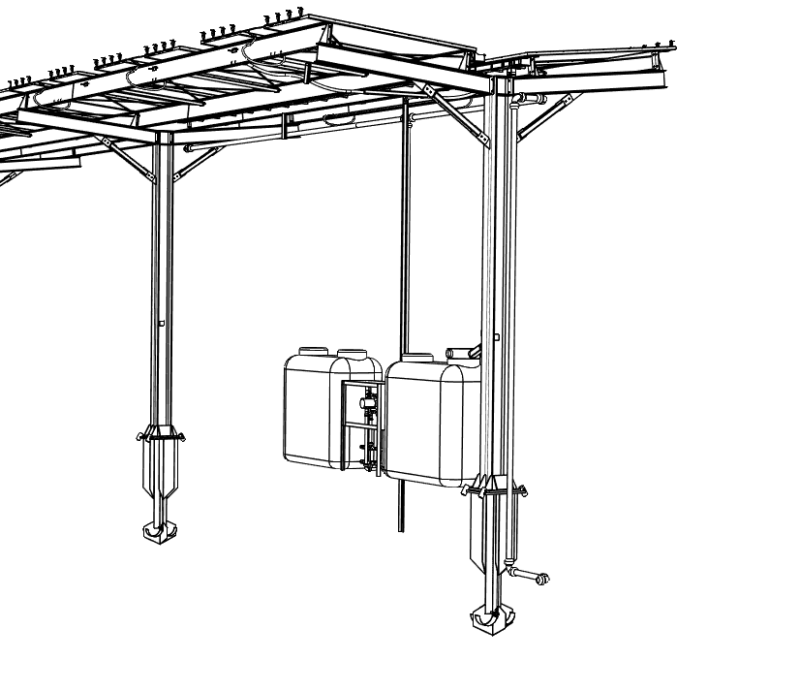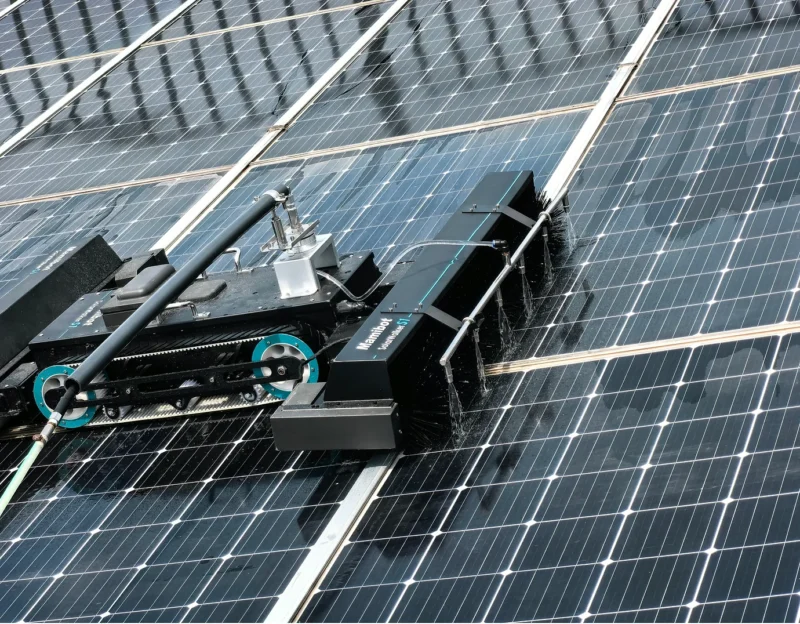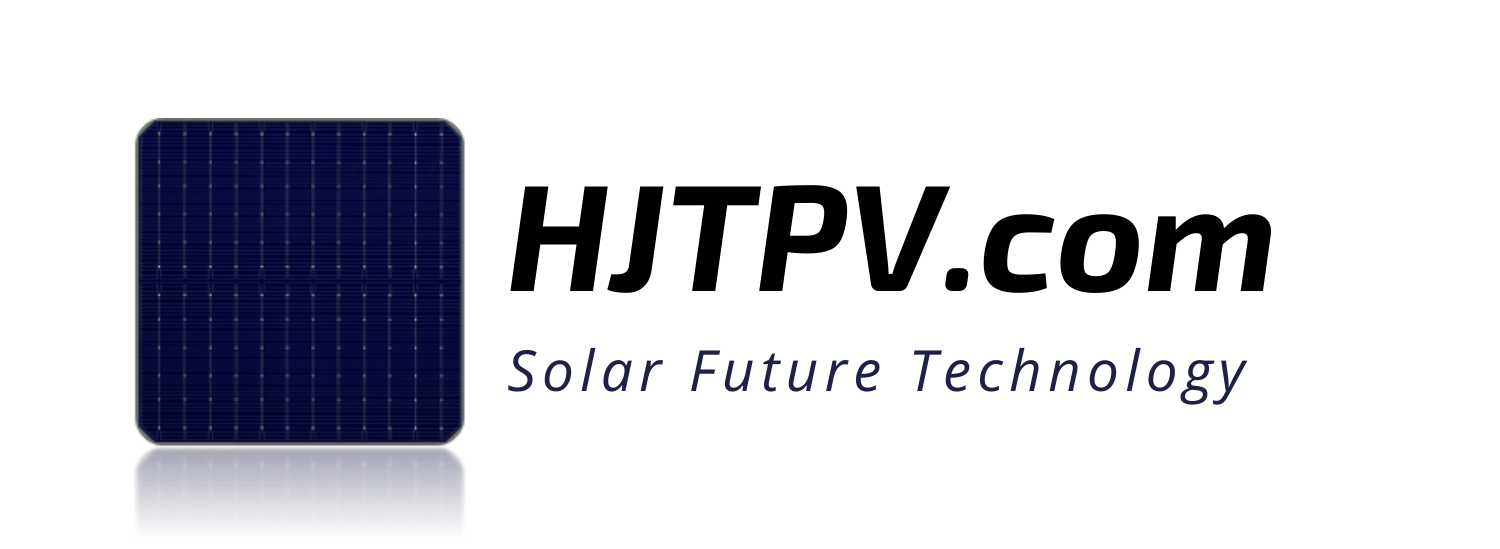Investment ROI for Utility-Scale Solar Farms in Serbia
1. Competitive Initial Investment Costs:
The initial costs for solar projects in Serbia are competitive due to relatively affordable land prices and labor compared to Western European countries. This allows developers to construct large-scale solar farms with lower capital expenditure, contributing to a shorter payback period.
2. High Solar Yield and Output:
With a typical annual solar irradiation of up to 1,700-1,800 kWh/m² in certain areas, the potential energy output is significant. A well-designed utility-scale solar farm can produce over 1,400 kWh/kWp annually, depending on the location and technology used. This output translates into consistent revenue generation, especially with high-efficiency HJT modules that optimize land use.
3. Favorable ROI Periods:
The return on investment (ROI) for utility-scale solar farms in Serbia typically ranges between 7-10 years, depending on factors such as technology choice, panel efficiency, financing models, and local electricity prices. Using advanced technologies like HJT modules, with their higher efficiency and durability, can shorten the payback period by ensuring greater energy production and lower degradation over time.
4. Revenue Streams and Power Purchase Agreements (PPAs):
Investors in Serbia can benefit from power purchase agreements (PPAs), where solar energy is sold at a fixed price to utilities or private companies over an extended period. This provides a stable and predictable revenue stream, enhancing the financial viability of utility-scale solar investments.
5. Reduced Operating Costs:
Maintenance and operational costs for solar farms in Serbia are generally low, thanks to modern monitoring and automation technologies. The relatively stable climate, without extreme weather events, further contributes to reduced maintenance requirements and lower risk of damage, ensuring minimal operational disruptions.
6. Leveraging Bifacial HJT Technology for Higher ROI:
Deploying high-efficiency HJT modules with bifacial capabilities can increase overall energy generation by 5-20%, especially in open-field installations with reflective surfaces. This technology allows investors to maximize returns by producing more energy per installed capacity, enhancing profitability and speeding up ROI.
7. Agri-PV for Dual Revenue Streams:
For projects integrating Agri-PV systems, ROI can be further boosted through dual revenue streams—both from energy generation and continued agricultural use. This hybrid approach can attract additional funding or incentives focused on sustainable and multifunctional land use, making investments more appealing and financially sound.









